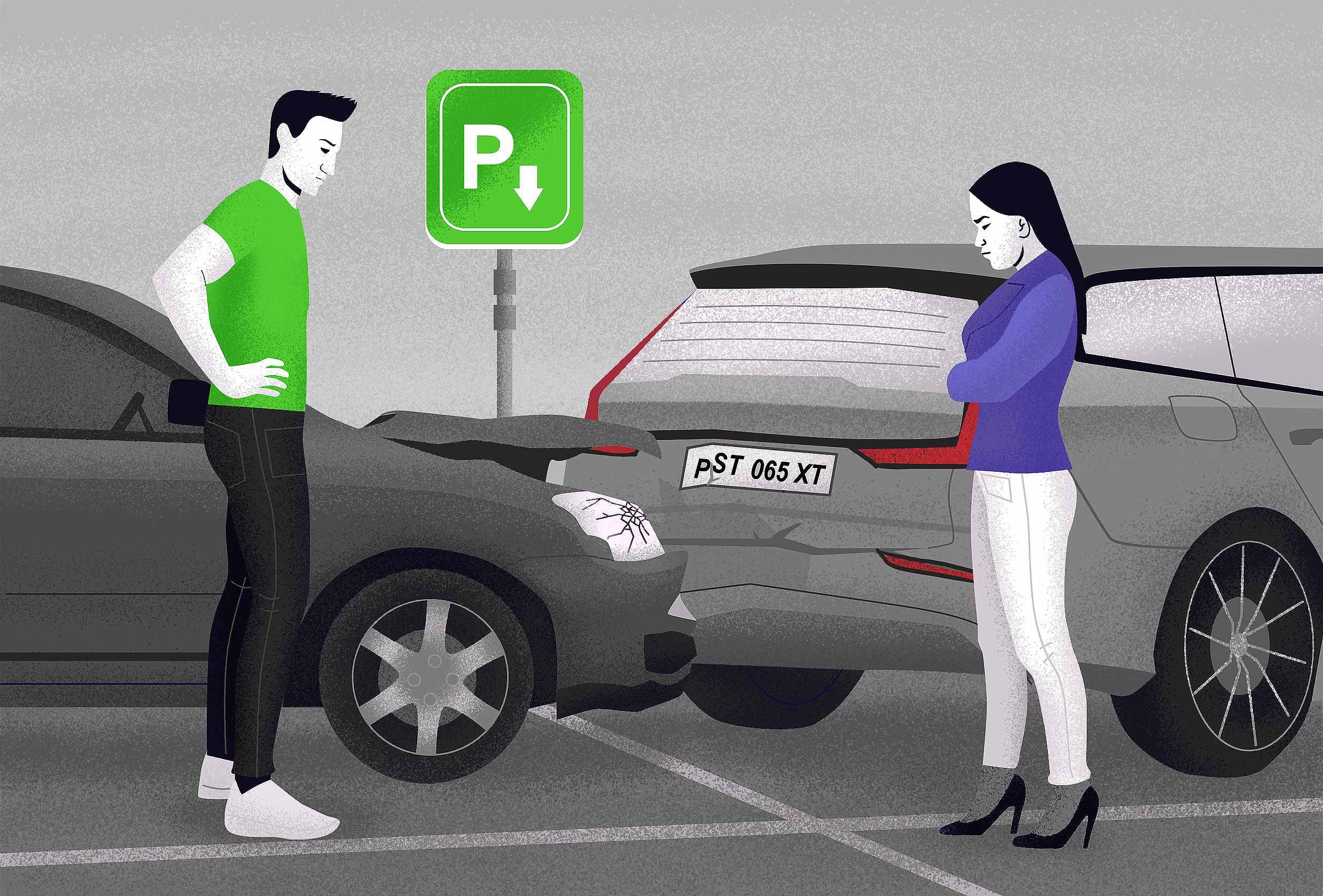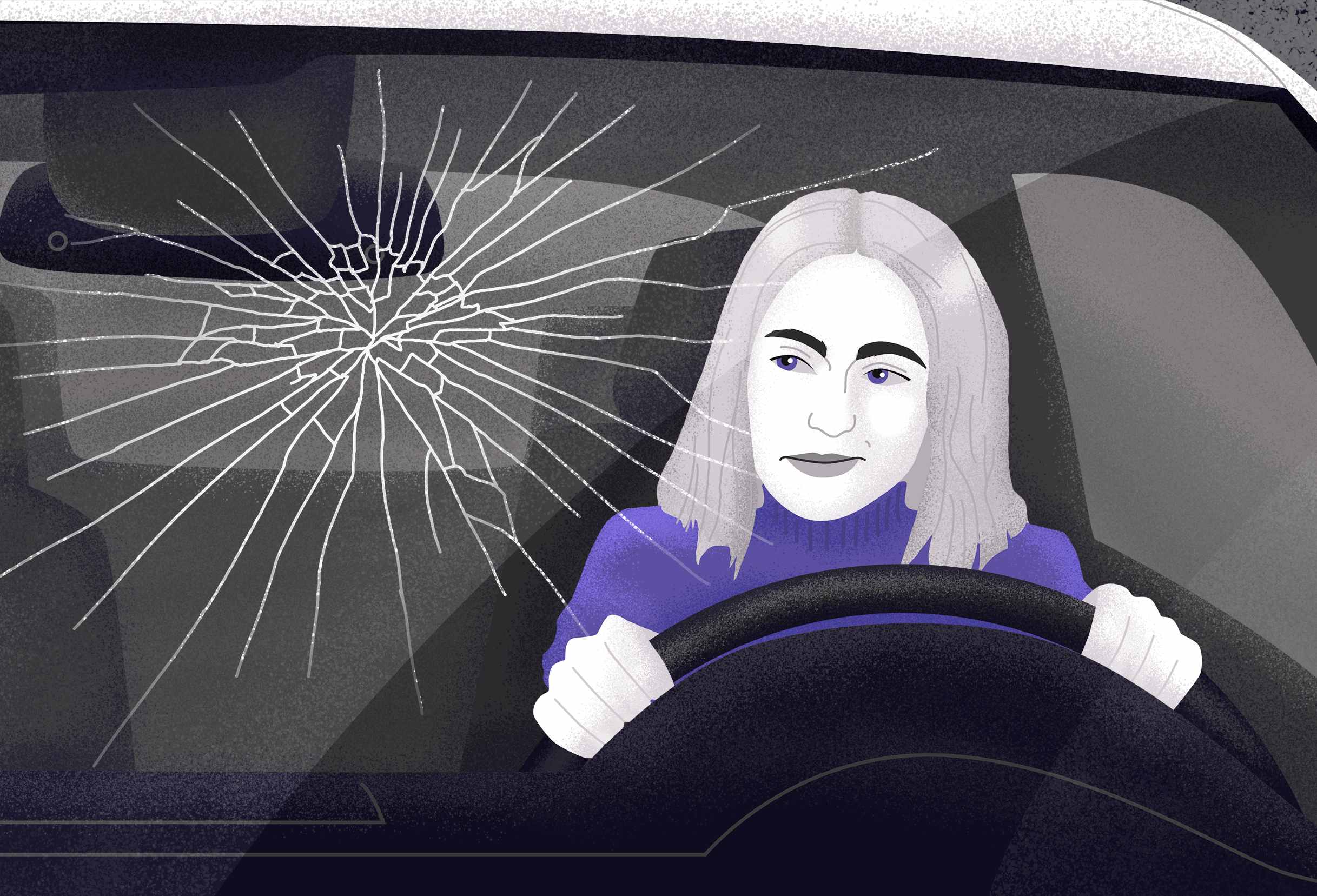The average cost of full coverage auto insurance continues to climb, reaching over $2,000 annually, according to some sources. But what does full coverage mean, and what does full coverage auto insurance cover?
Compare Insurance Rates
Ensure you are getting the best rate for your insurance. Compare quotes from the top insurance companies.
Full coverage auto insurance costs more than state-minimum auto insurance. The additional risks covered by full coverage insurance help explain why.
What Is full coverage auto insurance?
The best way to understand full coverage is to compare it against a basic policy that meets state requirements. Full coverage auto insurance satisfies state requirements, but it covers more than just liability. A full-coverage policy also protects your car against physical damage.
Most states require liability insurance to cover injuries caused to others. Liability insurance also covers damage caused to the property of others. Many states require medical coverage to help pay for injuries caused to you or your passengers as well.
In addition, some states require uninsured/underinsured motorist protection. Often, other drivers don’t have insurance or don’t have enough insurance. This coverage allows your policy to protect you if the other driver doesn’t have enough insurance.
However, individual states do not require coverage for physical damage to your vehicle. This distinction separates full coverage auto insurance from basic auto insurance, sometimes called liability-only coverage.
Physical damage coverage can help pay for repairs to damage to your vehicle due to accidents. It can also cover damage caused by fires, floods, and several other common risks.
What does full coverage auto insurance include?
When agents or lenders refer to full coverage, they usually mean the combination of the following:
- State-minimum coverage limits for liability:
While you can choose higher coverage limits, full coverage doesn’t refer to the maximum limits for auto liability insurance. Instead, full coverage just expects that your policy includes liability coverage that meets or exceeds the state minimum requirements.
- Collision coverage:
Your collision coverage pays for damage to your due to an accident. However, collision coverage limits its protection to damage caused by contact with another vehicle or a stationary object. For other types of damage, look to the comprehensive coverage on your auto insurance policy.
- Comprehensive coverage:
Also called “other than collision” coverage, comprehensive insurance protects your car against damage from a wide range of risks. These risks include fire, theft, vandalism, and more. You’ll also see comprehensive insurance called comp coverage.
As you can see, full coverage includes liability insurance with physical damage coverage. Liability insurance covers your financial responsibility to others. Collision and comprehensive insurance protect your vehicle against physical damage.
Liability coverage
Liability insurance requirements vary by state. In most cases, your policy shows liability coverage listed as a series of 3 numbers. For example, New Jersey requires 15/30/5 as minimum coverage limits on a standard auto insurance policy.
In this case, the state requires:
- $15,000 in liability coverage for bodily injury to others (per person)
- $30,000 in liability coverage for bodily injury to others per (occurrence)
- $5,000 in liability coverage for damage to the property of others
You can also choose higher coverage limits. For example, you’ll find options as high as 250/500/100 in NJ.
If you need more coverage, there are ways to boost your liability coverage limits. For example, you can choose an umbrella policy or excess liability insurance. An umbrella policy enhances liability coverage for both your auto and home insurance policies.
Collision Coverage
Collision protection forms a crucial part of full coverage auto insurance. Your collision coverage helps pay for damage to your car due to specific causes. These risks include:

- Damage due to contact with another vehicle
- Damage due to contact with a stationary object
- Vehicle damage caused by a rollover
Collision claims make up about 2/3 of all physical damage claims. However, collision coverage can’t protect against several other common types of damage. Instead, comprehensive insurance can help protect your vehicle against these losses.
Comprehensive Coverage
The comp coverage under auto insurance policy protects against many common types of risk. For example, here are some of the most common types of auto damage covered by comprehensive insurance:
- Fire
- Theft
- Vandalism
- Floods
- Falling objects
- Hail
- Wind
- Accidents involving animals
- Damage caused by animals
- Glass damage
Your comp insurance can cover nearly any type of physical damage risk, except collision. Insurers also list exclusions to coverage, which are causes of damage that your policy won’t cover. For example, comprehensive coverage won’t cover damage intentionally caused by the policy owner. But because your policy covers so many risks, it’s clear how full coverage earns its name.
Medical coverage
Many states require medical coverage to protect you or your passengers if injured due to an automobile. However, not every state requires coverage, and each state may take a different approach to your coverage.
For example, some states require Med Pay, a simplified form of medical insurance for auto-related injuries.
Compare Insurance Rates
Ensure you are getting the best rate for your insurance. Compare quotes from the top insurance companies.
Other states require personal injury protection (PIP). Personal injury protection addresses medical expenses but can also cover related expenses. These expenses can include lost wages or the cost of service providers that become necessary due to your injuries.
Still, a third group of states may not require medical coverage at all. You may also have the choice of using your existing health insurance coverage to pay for auto-related injury costs.
Some agents may not consider medical coverage to be part of full coverage auto insurance. The distinction is because medical coverage requirements can vary vastly from one state to the next.
Instead, medical insurance becomes an area of auto insurance coverage that each policyholder carefully customizes to their needs. But it should also meet the state’s minimum requirements.
In some cases, medical coverage outside the auto insurance policy may offer the best solution.
Uninsured/underinsured motorist protection
Like medical coverage, requirements for uninsured or underinsured motorist protection vary state by state. These coverage types allow your policy to provide coverage if another driver causes injury or damage to you. They become secondary coverage if the other driver does not have enough insurance to cover their liability.
A study from the Insurance Research Council (IRC) found that nearly 13% of drivers are uninsured on average. Some states and regions boast lower numbers of uninsured drivers, such as NJ, which only has about 3%. But in other states, the number of uninsured drivers approaches 30%.
Underinsured motorists can be a risk as well but can be more challenging to measure. “Underinsured” refers to drivers who do not have enough liability insurance to pay for the damage they cause. Many times, drivers who have the legally required amount of coverage may still be underinsured.
For example, in some states, the minimum property damage liability insurance requirement is only $5,000. The average property damage liability claim is less than $4,000. But many claims exceed this amount, often by thousands of dollars.
Like medical coverage, UM and UIM rules can vary. Some agents may not consider UM and UIM to be part of full coverage auto insurance. However, some states mandate coverage. And even in states where coverage is not needed, UM and UIM can help protect you financially.
Other optional coverage types
Most agents define full coverage as the combination of auto liability insurance and physical damage coverage. Optional coverages aren’t a part of full coverage.
However, optional coverages can help protect your vehicle and may be worth considering.
Here are some common add-ons for auto insurance policies:
- Rental reimbursement: Sometimes, you need to rent a vehicle while your car is being repaired. Rental reimbursement coverage can help pay the cost of your rental. However, this rental coverage only applies when you have a covered claim.
- Modified car coverage: Car customization is more popular than ever. But a standard auto insurance policy only protects against damage to vehicles in stock condition. Modified car coverage can help pay for custom add-ons. Customization can include stereos, performance parts, or even mobility updates, like wheelchair lifts.
- Roadside assistance: If your vehicle breaks down or runs out of gas, you can call a number to get help. Many providers also offer a mobile app for roadside assistance.
- Rideshare endorsement: Driving for rideshare companies like Uber or Lyft can leave gaps in coverage. With a rideshare endorsement, you can protect your vehicle while transporting paid passengers
- Business use: Food delivery or using your vehicle for other business use can also leave coverage gaps. With the right policy add-ons, your auto insurance policy can protect you for both personal and business use.
When is full coverage insurance required?

Individual states do not require collision coverage or comprehensive insurance. However, lenders and leasing companies usually require both these coverage types. If you still owe money on your car or lease a vehicle, plan to buy full coverage auto insurance.
Full coverage doesn’t always mean you’re fully protected
Full coverage auto insurance refers to auto liability insurance combined with physical damage coverage. However, full coverage doesn’t cover every risk. And it can’t ensure you have enough coverage to pay for a loss. You choose your coverage limits.
For example, state liability insurance requirements are often much lower than agents might recommend. In California, the minimum liability insurance requirement for bodily injury is $15,000 per person. Most agents would suggest a higher coverage limit. For example, homeowners commonly buy $100,000 per person in bodily injury liability coverage, with $300,000 in coverage per accident.
Similarly, the physical damage coverage on your vehicle doesn’t track your loan balance or your car’s replacement cost. Instead, your policy follows the actual cash value of your vehicle, which includes adjustments for depreciation.
As another consideration, your auto insurance policy uses deductibles to keep premiums more affordable. The deductible is the part of the claim you pay. On some policies, the standard deductible can be as high as $750 or even higher.
Review your coverage needs with your agent. You’ll probably want to boost your liability coverage limits above the state minimum limits. But you may also need to make changes to your deductible. This change can reduce your potential out-of-pocket costs if you have a claim.
Review your auto insurance coverage regularly
Many insurers recommend a policy review once every 12 to 18 months. Life changes quickly, and it’s vital to ensure your auto policy matches your current needs. A policy review can often reveal gaps in coverage that may leave you financially exposed. But a timely review allows you to adjust your policy or limits.
It’s also wise to compare auto insurance rates from multiple insurers. Each insurance company rates risks differently, so you may find a price advantage by shopping around.
When you’re shopping for auto insurance, take the time to compare coverage limits—and not just price. This step helps ensure the policy provides the protection you’ll need. In most cases, you can customize your coverage, adding or adjusting. However, specific policy add-ons may not be available from all insurers.


Add Comment